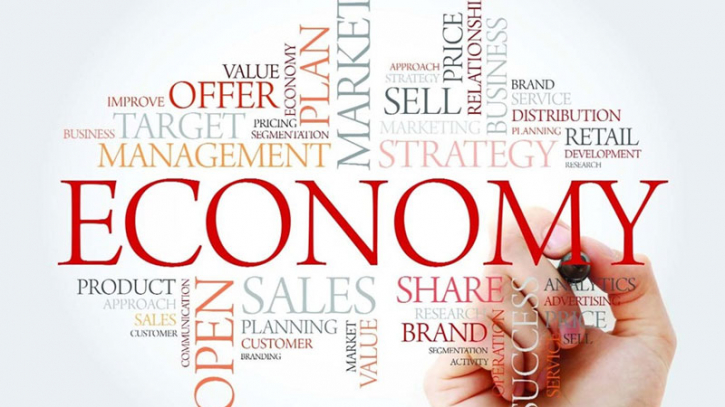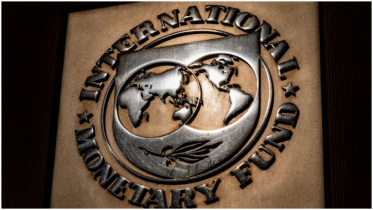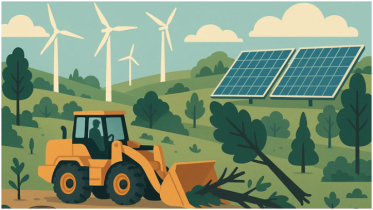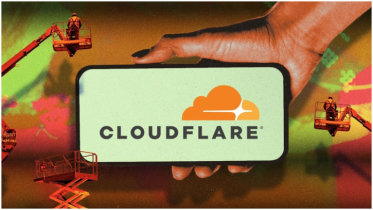Bangladesh: New economy producing a new culture

Culture is a fundamental component of identity but it's a by-product of socio-economic realities. Human groups not only share beliefs, values and norms but also use the same to differentiate from each other.
Culture has been described as an onion with multiple layers going from the outer ones such as dress, food, etc - to intermediate ones such as preference for cultural and entertainment products to core values which includes faith issues, language, race and ethnic origins etc.
But a structural analysis of culture is not about the above but the social behaviour patterns that emerge as a result of internal and external factors which determine elements dominate, lie dormant and the process of choice making. It's about the social mind. And its subject to changes.
APPLIED MODELS OF CULTURE
A popular model of identifying national culture was developed by Prof. Greert Hofsted of the Netherlands. His model is basically anthropological in nature according to which there are six main elements in the making of culture.
1. Power Distance (PDI). How much the less powerful members are ready to accept power inequalities in a state/society.
2. Individualism (IDV) : Preference for a loosely-knit social framework in which individuals are expected to take care of only themselves and their immediate families.
3. Masculinity VS Femininity (MAS) : Masculinity represents a preference for achievement, heroism, and is more competitive. Femininity preference is for cooperation, modesty, caring for the weak and quality of life and more consensus-oriented.
4. Avoidance (UAI) : Uncertainty Avoidance means the degree to which society is ready to take risks.
5. Long Term Orientation (LTO) : How it deals with the challenges of the present and the future. Are societies traditional or pragmatic?
6. Indulgence (IVR) : How it deals with gratification of basic and natural human drives related to enjoying life and having fun. Restraint stands for a society that suppresses gratification of needs and regulates it by means of strict social norms.
HOW USEFUL IS THIS MODEL?
What is positive about this model is that it is not intrinsic value based but social behaviour based. Two sections -MAS, and IVR- appear stereotypical and analytical work on them has made some re-evaluation necessary. It was also probably developed before globalization and digitalization had taken place which means an expansion is needed. But the basic core is functional and can be used as a starting point for other analysis.
In fact, all the six aspects can be applied to any society and it's more a matter of measuring the degree of each element present. However, they are not constant and new elements constantly emerge to enlarge the list. Culture is a response to socio-economic realities that changes over time and that needs more stressing. In other words, these are no permanent cultures of any society.
THE BANGLADESH SCENARIO
A study project carried out by a local NGO -Films for Peace Foundation- on behalf of an international agency identified the major elements of culture that defined the population in Bangladesh with special focus on the rural areas. The main factors identified were :
1. People are driven by economic needs, aspirations and ultimately desire for prosperity as they climb the ladder in stages. Dominant value structure is not located in tradition or faith but livelihood security needs which are the dominant societal norms.
2. People are averse to change and risk-taking on internal /societal/household matters but are on the high risk path when it comes to livelihood issues
3. Society is collective, cluster based, group driven as well as individualistic depending on the circumstances. New communities and traditions are also regularly formed including through digitalization and traditional networks.
4. Public and private value structures are not uniform and they are linked but autonomous at the same time. Social connectivity rises or declines based on the possibility of gain and less gain or loss for the participants.
5. Social coping patterns are a mixed business due to increased income as families are better equipped to handle various needs by themselves. Social services are more available and social dependence has declined though networking has increased.
6. Gender based values as per the Hofsted model is contentious and societies are household rather than gendered value based which are again based upon economic change. Traditional gendered value modeling has weakened as women enter the labour force more and are proclaiming themselves as heroes and achievers more than ever before.
7. People deal with the past as pragmatically as possible despite the official promotion of History as a political product. People are "Extreme" pragmatics who will use or reject history if it suits them. Hence cultural products are for survival and progress and not as artefacts'.
8. Indulgence and piety are mixed and sit comfortably together and go beyond the sexual as in the West. Public display of piety through promotion of religio-cultural products is important but in private life the opposite may be practiced though not openly. Religion is social not theological. Another research on "KAP and Islam in Bangladesh" shows lower observance of sacred rituals and higher of ceremonial ritual ones.
9. This is however not a universal scenario with the urban-rural divide and class divide becoming as sharp as traditional gender divides. This is not covered in the Hofsted model. The Bangladesh scenario doesn't lead to cultural universalization but diversity.
Thus from a cultural point of view, society is changing rapidly with higher income including disposable one now more available. Digitalization has led to new resource access, influences and community formations. And diversification is high as well which means a transition is paving the way for the next set of changes.
Source: The Financial Express.
.png)




